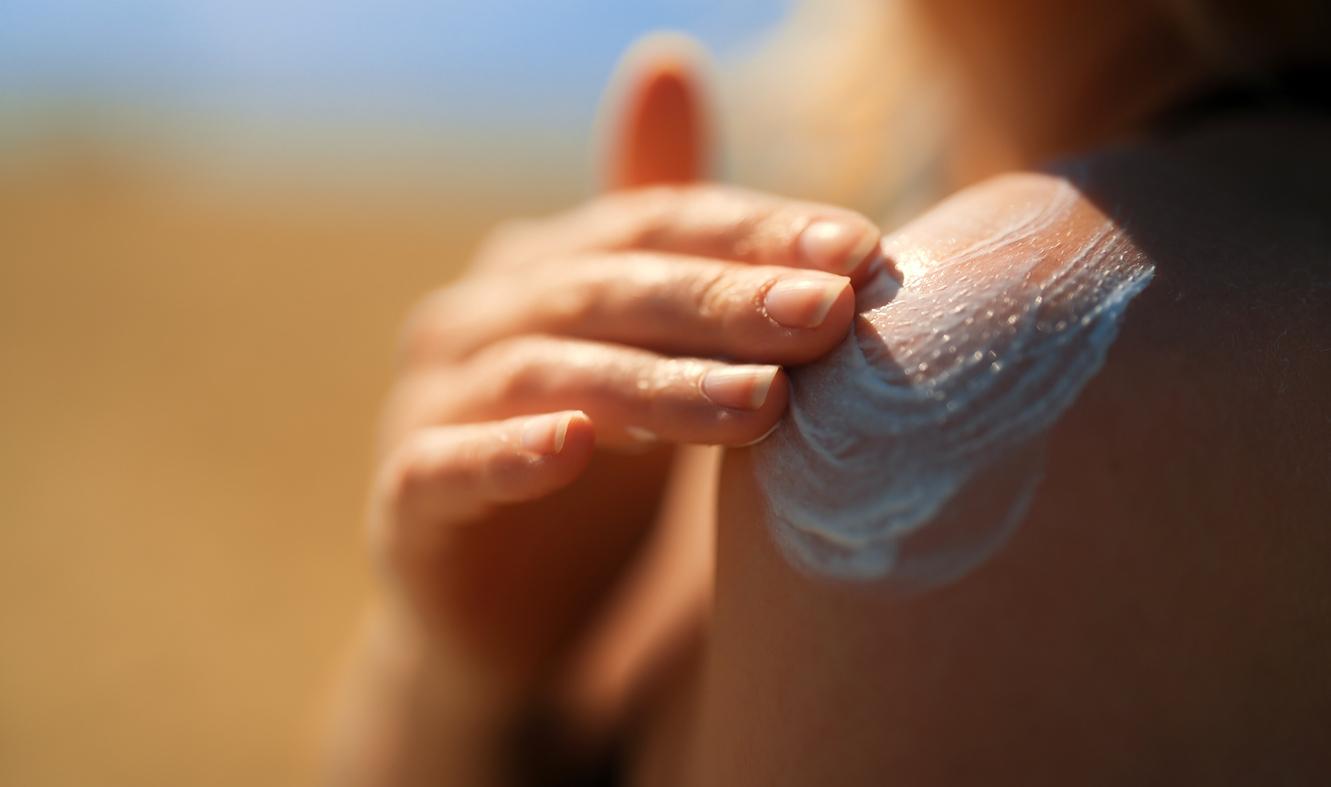
In May 2011, the International Agency for Research on Cancer (IARC) classified electromagnetic waves from cell phones as “possibly carcinogenic to humans”. A Bordeaux study published in Occupational & Environmental Medicine, reopens the debate: according to their conclusions, people using their cellphones for more than 15 hours per month for a median period of 5 years would have a risk multiplied by two or three of developing a glioma, a brain tumor. Interview with Michèle Rivasi, Vice-President of Criirem (Independent Research and Information Center on non-ionizing ElectroMagnetic Radiation) and outgoing MEP Europe Ecology specializing in health issues.
Health Passport: Michèle Rivasi, you campaign for the application of the precautionary principle to electromagnetic waves …
Michèle Rivasi: I have indeed been campaigning for years to warn of the potential dangers of electromagnetic waves. As Vice-President of Criirem (Independent Research and Information Center on non-ionizing ElectroMagnetic Radiation), I consider it very important that we can give truly independent scientific information to the public, which is very difficult since almost all European and international studies are funded by mobile phone operators, an industry that weighs in the billions and lobbies very strongly, particularly with the WHO. It is disturbing to note that it is always the same scientists, those who are paid by the industry and who come out of studies which do not conclude anything, who are invited by the high authorities to give conferences in Brussels for example. On the other hand, all scientists who have found something harmful to health, even the most reputable, have been banned from speaking. It is unacceptable.
PST: But how can we explain that health organizations are so divided on the issue?
When it comes to the effects of mobile phone waves on the brain, health organizations are not divided, as there is no longer much scientific doubt on this specific point. Independent studies1 highlight the link between heavy cell phone use and brain tumors, DNA and gene damage, effects on memory, learning, behavior, attention, sleep disturbances, cancer and neurological diseases such as Alzheimer’s disease. If we want to avoid any harmful alarmism, we must act now to prevent the risks, hence the application of the principle of prevention, beyond the precautionary principle, since the risks are known and proven and no longer simply suspected.
PST: The exposure limit values currently set, and not modified since 1998, aim to prevent the effects of short-term waves (tissue heating). Indeed, expert reports do not consider that the long-term effects are proven …
MR: Yes, most of the legislation currently in force within the Union is based on the recommendations of the ICNIRP (International Commission for the Protection against Non-Ionizing Radiation), which do not take into account the existence of the effects. chronic and not thermal nor long-term effects of electromagnetic fields such as the risk of developing cancer. And this is the problem, we lack independent studies on the long term effects!
In 2011, the Parliamentary Assembly of the Council of Europe, made up of delegations of national parliamentarians, approved the Huss report, the conclusions of which call for a reduction in the limit values currently in force in Europe. In France, the only decree applicable to wave exposure thresholds dates from 2002 and sets limit values between 41 volts per meter (V / m) and 61 V / m. The associations are calling for a threshold of 0.6 V / m. Abroad, Greece, Belgium and Austria have limited exposure to 3 V / m. The city of Salzburg, Austria, dropped to 0.6 V / m. So yes, the French are more exposed than in other countries!
PST: Beyond modifying these standards, what measures do you propose to protect the French from this phenomenon?
MR: The environmentalists’ bill put forward by my colleague in the National Assembly, Laurence Abeille, aims, among other things, to ban wifi in nurseries and nursery schools, but this is already done very logically in many establishments. In view of the development of their brain which is not yet complete, it is necessary as a priority to protect the children, we believe that it is necessary to prohibit the cell phones to the children of less than 12 years.
The text also aims to inform consumers of the emission level for a large number of products, such as baby monitors, microwave ovens, tablets, etc. It also gives everyone the possibility of deactivating the wifi on the devices. wireless devices: it is indeed normal for consumers to be able to choose to lower their level of exposure to waves, and to control their environment. The environmental group of the senate should include it in its niche next June.
PST: What can the French do while waiting for the law to protect them? How to reduce the risks while continuing to use a technology that has become essential?
MR: There are simple and common sense measures that everyone can apply, as the ANSES (National Health Security Agency) recommended in its last report on radio frequencies. Do not sleep with your phone close to your head, move the source away from your body, use a hands-free kit, avoid making calls when you are in a place “which receives poorly” (because the cell phone can double its broadcast. waves during these periods), avoid making telephone calls by car or train, because of the “Faraday cage” effect (the waves emitted by the telephone, trapped in the passenger compartment, have repercussions on the user).
In addition, the choice of telephone is important: the level of the specific absorption rate (SAR) caused by the device may vary depending on the model. Since 2002, this level must not exceed 2 W / kg, and the disparities between phones are sometimes significant At home, it is better to use a wired connection rather than wifi, install wifi terminals and internet boxes in height, because with less obstacles, less power is required, so fewer waves are emitted.
PST: What about people with electromagnetic sensitivity? What to do, when this condition is still very poorly understood?
MR: The Ministry of Health must officially recognize the status of these people. However, every day, new people are recognized as electrohypersensitive by the departmental homes of disabled people and can no longer continue to live normally (sensations of burning in the head, dizziness, inability to concentrate, disturbed sleep, etc.). Do not wait for the number of patients to increase before taking action and offering citizens a healthier environment!
I am also working on setting up a white zone devoid of any electromagnetic pollution, in the Hautes-Alpes, in Saint-Julien en Beauchêne. This site will accommodate around thirty people for a limited time so that they can recharge their batteries. They could thus be followed by an appropriate medical team, in conjunction with ANSES, which will make it possible to better understand what electrohypersensitivity is and, if necessary, to find means to reduce their suffering.

















